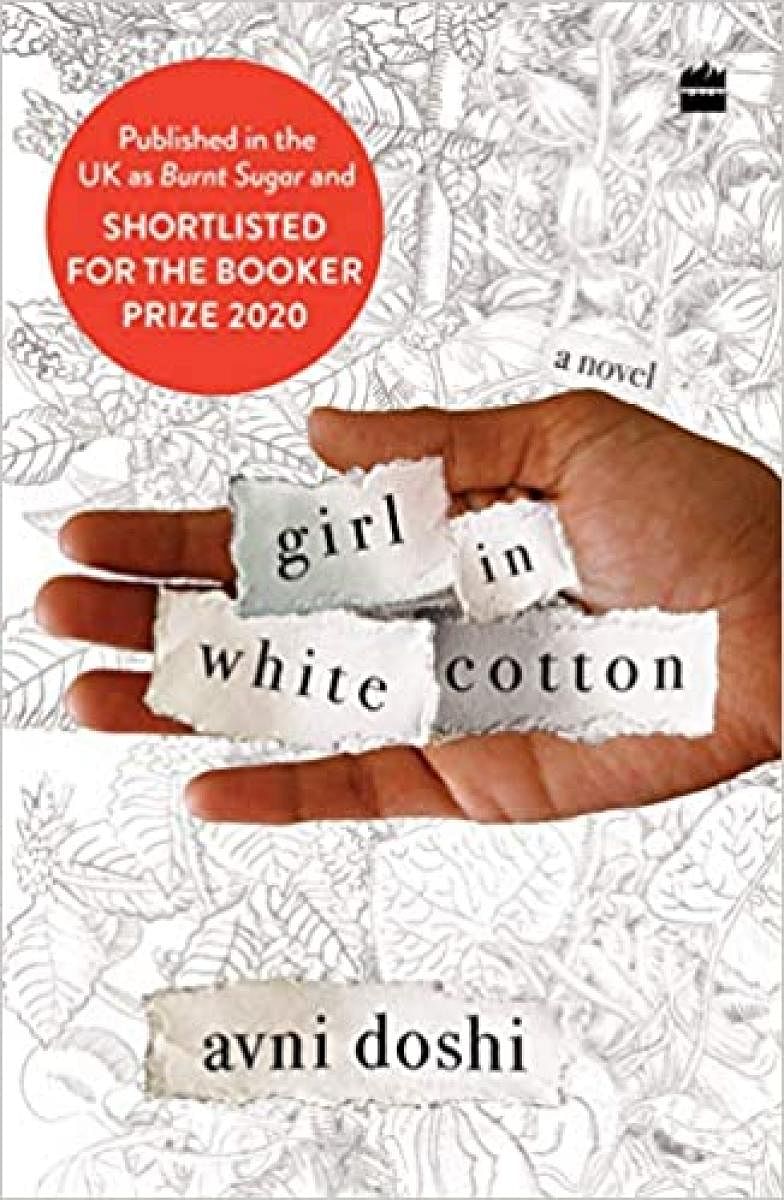
There's a whole pantheon of literature on the topic of troubled mother-daughter relationships, which features works like Nancy Friday's My Mother, Myself, Christina Crawford's Mommie Dearest, Alice Sebold's The Almost Moon, Sarah Haywood's Cactus, Jodi Picoult's Leaving Time, Maya Angelou's Mom & Me & Mom, Janet Finch's White Oleander and quite a few more titles. Doshi's book, the clear-sighted telling of a fraught relationship between a mother and her only child, is the newest — worthy — addition to the collection.
Studies have repeatedly shown that this major relationship, the one between a mother and her children, sets the tone for all the relationships to follow in the offspring's life and is a vital part of their physical and emotional growth.
Popular lore and glorifying tropes aside, it’s a relationship, which can be loving, smothering, controlling, needy, detached, even toxic, sometimes all at once. The book, which released last year in India bearing the title Girl in White Cotton, was received with critical praise but when it came out as Burnt Sugar abroad, and went on to be shortlisted for the 2020 Booker Prize, readers really sat up and took notice.
Twisted pleasure
The opening sentence reads: 'I would be lying if I said my mother's misery has never given me pleasure.' Then it goes on to explain why the daughter feels such twisted pleasure. What a hook the line is; before you know it, you have set foot on that rocky road hewed by Tara and her daughter Antara.
The mother was something of a wild child in her youth, walking into a marriage with a virtual stranger impetuously, walking out (and taking the little girl with her) equally impetuously just a few years later. Unapologetically sensual, wont to drama in public places, prone to lying with ease when it suits her, as a character in the book puts it, her calling is being strange. It would be all too easy to stick labels on her: Bad daughter. Bad wife. Bad daughter-in-law. Bad mother. However, there is more to the woman than the labels. Does no one love Tara, the reader wonders at one point.
Then you have the daughter, now in a happy marriage with a US-returned Indian and having moved up in life. Antara is not the most cheerful of persons, mostly 'docile as a dog', and resenting that docility, one who keeps a meticulous record of grudges and a damaged soul. The daughter just cannot receive uncomplicated love; she is used to trauma and when that trauma is not immediately present, she arranges for it to come bludgeon her.
Uneven bonds
The relationship itself is a most uneven one, filled with anticipatory dread and tension on the daughter's part, a facile carelessness and with enough bite to hurt, on the mother's part. The daughter sees a tendency for self-destruction in the mother, even as we learn that she herself has a history of self-harming.
Tara and Antara, their very names sit in opposite corners. The story is an elegy for abandonment and written with feeling. The daughter has been actively abandoned by both her mother and her father and is still carrying the scars of that trauma, her mostly calm demeanour notwithstanding.
The father has moved on in life. The amiable son-in-law barely grasps that he sees just the tip of the iceberg of the mother-daughter emotions and rather uncomfortable with what he has grasped, offers simplistic solutions.
Mixed emotions
Set in a present when the mother is slowly sinking into cognitive dissonance, memory loss and personality changes, the daughter watches suspiciously, distrustfully, with concern as well as resentment. Part of her wants to feel happy that the mother who put her through so much suffering in her early life, is now in decline. Part of her acknowledges the duty of an only child — to become the main caregiver to the older woman. It's not an easy place to be in and the daughter flails and fumes under the weight.
Also, the caregiving is causing a rift in her marriage, tearing a rent in her mask of equanimity, which covers a roiling mind with absolutely no peace of mind. It is a disquieting story. There is hurt, there is an old anger, there is incomprehension. There is pain, there is bitterness, a lot of it and an equally large amount of conflict.
A mother and a daughter who are not exactly bound to each other by ties of deep love. Is that unusual? Alas, no. However, very few people tackle this complex topic frankly and fearlessly. Avni Doshi, though, has done just that.